6 Steps to Total Life Transformations
 One of the things I am most passionate about is helping people achieve things they thought were previously impossible. Hence, the amazing thing about working with people in fitness is that once they start to achieve those “impossible” feats, it trickles over into other areas of life.
One of the things I am most passionate about is helping people achieve things they thought were previously impossible. Hence, the amazing thing about working with people in fitness is that once they start to achieve those “impossible” feats, it trickles over into other areas of life.
Someone who loses 50 pounds or conquers new feats of strength for the first time suddenly gets a promotion at work, gains the confidence to quit their job and start that business they’ve been dreaming about. Furthermore, they might even leave a relationship that made them unhappy and wasn’t serving them.
It’s truly incredible to witness these total life transformations over and over again. And I believe it comes down to following these 6 steps to total life transformations:
1. Identify your impossible goal. What’s that thing you’ve been dreaming about but haven’t committed to or verbalized?
2. Commit to a deadline. Write it down, yet, make it non-negotiable too. Look at the goal and deadline every day so that it sinks in and become a part of you!
3. Reverse engineer the steps it’s going to take to achieve that goal. So, ask for support from a friend or coach if you’re not sure.
4. Ask yourself “what will it cost me to achieve this goal?” Will it cost money, time, or giving up things you enjoy like television? Also, make sure you’re willing to commit to the cost no matter what.
5. Ask yourself “who do I have to become to make this happen?” Do you need to become a morning person, more independent, or figure out a way to eliminate excuses from your vocabulary? You MUST check in on yourself every day to ensure you are becoming who you need to achieve the goal.
6. Find someone who believes in you and get them to hold you accountable. Very few people achieve goals entirely on their own. As a result, having a coach to support you is one of the BEST things you can do. They will give you honest feedback, help identify your blind spots, and help you strategize when you feel like your plan isn’t working.
So, now it’s your turn!
In conclusion, give it some thought (or maybe you know right away) then share with me your IMPOSSIBLE GOAL! It is only by setting, working toward, and achieving the “impossible” that we truly live an extraordinary life.
As a result, I’m anxiously awaiting!
Originally printed on Move Well Fitness blog. Reprinted with permission.
Maurice D. Williams is a personal trainer and owner of Move Well Fitness in Bethesda, MD. With almost two decades in the industry, he’s worked with a wide range of clients, including those with health challenges like diabetes, osteoporosis, multiple sclerosis, hypertension, coronary artery disease, lower back pain, pulmonary issues, and pregnancy. Maurice is also a fitness educator with Move Well Fit Academy and NASM.


 With this thought in mind I would like to share some thoughts with you on how you might make your efforts at becoming fit more fruitful, enjoyable, engaging and successful. Take time to reflect on your current efforts in this vital area of life and think about what it is you would REALLY like to accomplish going forward in life from a new perspective on “getting in shape”.
With this thought in mind I would like to share some thoughts with you on how you might make your efforts at becoming fit more fruitful, enjoyable, engaging and successful. Take time to reflect on your current efforts in this vital area of life and think about what it is you would REALLY like to accomplish going forward in life from a new perspective on “getting in shape”. “Doing” is the backside of “being”. BE yourself FIRST as you ARE and then move forward one day at a time, one exercise at a time. If you can’t walk comfortably set your sights on training to become comfortable walking. If can’t walk upstairs without getting out of breath – or carry your groceries while you do – then add strength training to your programming.
“Doing” is the backside of “being”. BE yourself FIRST as you ARE and then move forward one day at a time, one exercise at a time. If you can’t walk comfortably set your sights on training to become comfortable walking. If can’t walk upstairs without getting out of breath – or carry your groceries while you do – then add strength training to your programming. Hey! Did you know that all pain is all in your head? It doesn’t mean you don’t have real pain when something to cause pain happens, or that chronic pain is not real. Feelings of pain are very real and are initiated by the brain for a very important basic reason…to keep you safe.
Hey! Did you know that all pain is all in your head? It doesn’t mean you don’t have real pain when something to cause pain happens, or that chronic pain is not real. Feelings of pain are very real and are initiated by the brain for a very important basic reason…to keep you safe. There is growing evidence that chronic pain is caused by multiple factors including cognitive, physiological, and behavioral factors. If you are working with clients or interacting with a family member with chronic pain, it is important to understand that it is not just simply a physiological response to pain. It is important to effectively influence a client’s attitude, cultural background and belief system-which influences social norms and perceived behavioral control. To achieve the highest positive health/fitness results among the chronic pain population, it is important to know and understand your client as a whole person.
There is growing evidence that chronic pain is caused by multiple factors including cognitive, physiological, and behavioral factors. If you are working with clients or interacting with a family member with chronic pain, it is important to understand that it is not just simply a physiological response to pain. It is important to effectively influence a client’s attitude, cultural background and belief system-which influences social norms and perceived behavioral control. To achieve the highest positive health/fitness results among the chronic pain population, it is important to know and understand your client as a whole person.
 In examining this subject I have found myself wondering about the challenges that this complex issue of technology and its impact on our lives is having. The reality is that NO ONE really knows what the impact of technology and our way of life holds in store for any of us. We DO know there is going to be a “reckoning” and that if we remain seated and stressed then significantly negative consequences will surely emerge. These include ongoing chronic medical issues such as heart disease, diabetes, and mental disturbances of all kinds to name a few. Finally an unhealthy aging process where people of all ages will be treated for these and other conditions will become a daily part of life for families all over America.
In examining this subject I have found myself wondering about the challenges that this complex issue of technology and its impact on our lives is having. The reality is that NO ONE really knows what the impact of technology and our way of life holds in store for any of us. We DO know there is going to be a “reckoning” and that if we remain seated and stressed then significantly negative consequences will surely emerge. These include ongoing chronic medical issues such as heart disease, diabetes, and mental disturbances of all kinds to name a few. Finally an unhealthy aging process where people of all ages will be treated for these and other conditions will become a daily part of life for families all over America. From that moment on the world changed and with Steven Job’s invention of the cell phone a decade later the change became REAL and LASTING. We now live in a “seated world” where the only movement people get is when they get out their cars to do something that they CAN’T do from their cars. We line up at the drive through for banking, food and other services that keep us from walking. People even order at the drive through and now employees “walk” their order out to their cars. People SIT in their cars with the engine running eating their fries and burgers. I see this everyday also and it makes me wonder how their lives will turn out. Will they live lives of fulfillment and excitement and health or be in hospitals for “procedures” to keep them alive?
From that moment on the world changed and with Steven Job’s invention of the cell phone a decade later the change became REAL and LASTING. We now live in a “seated world” where the only movement people get is when they get out their cars to do something that they CAN’T do from their cars. We line up at the drive through for banking, food and other services that keep us from walking. People even order at the drive through and now employees “walk” their order out to their cars. People SIT in their cars with the engine running eating their fries and burgers. I see this everyday also and it makes me wonder how their lives will turn out. Will they live lives of fulfillment and excitement and health or be in hospitals for “procedures” to keep them alive?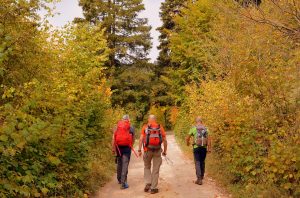 As my dear friend Edith Bird has said to me on numerous occasions: “Getting old is NOT for sissies”! Edith is 84 and works out four times a week doing cardio and weights and stretching. She has a wonderful soul and never makes excuses while being blessed with a wonderful heart and nature. I respect her and admire her. I tell her she is MY role model and we laugh and enjoy the time we spend together at the gym – and then we go our separate ways until the next time we see each other.
As my dear friend Edith Bird has said to me on numerous occasions: “Getting old is NOT for sissies”! Edith is 84 and works out four times a week doing cardio and weights and stretching. She has a wonderful soul and never makes excuses while being blessed with a wonderful heart and nature. I respect her and admire her. I tell her she is MY role model and we laugh and enjoy the time we spend together at the gym – and then we go our separate ways until the next time we see each other.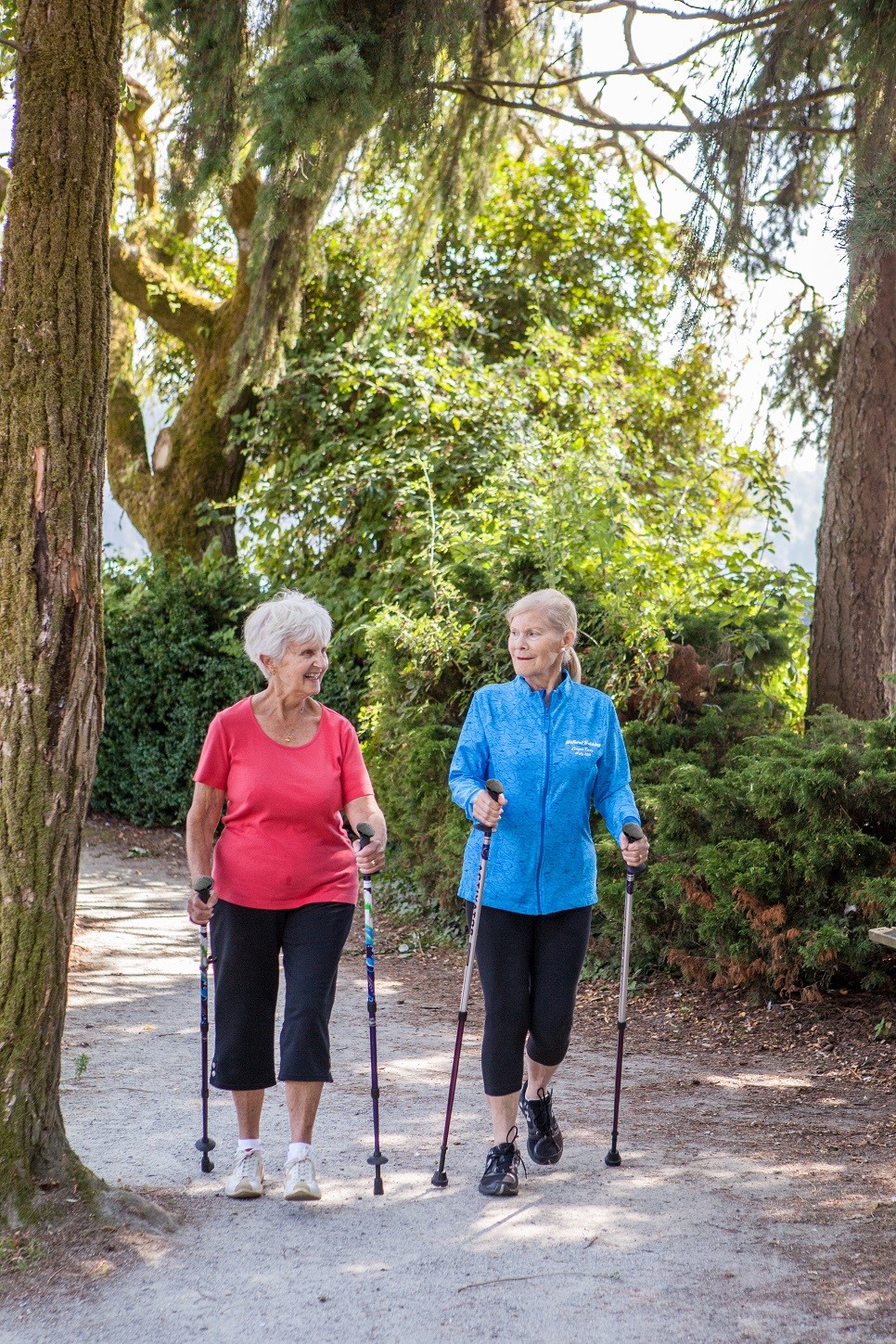
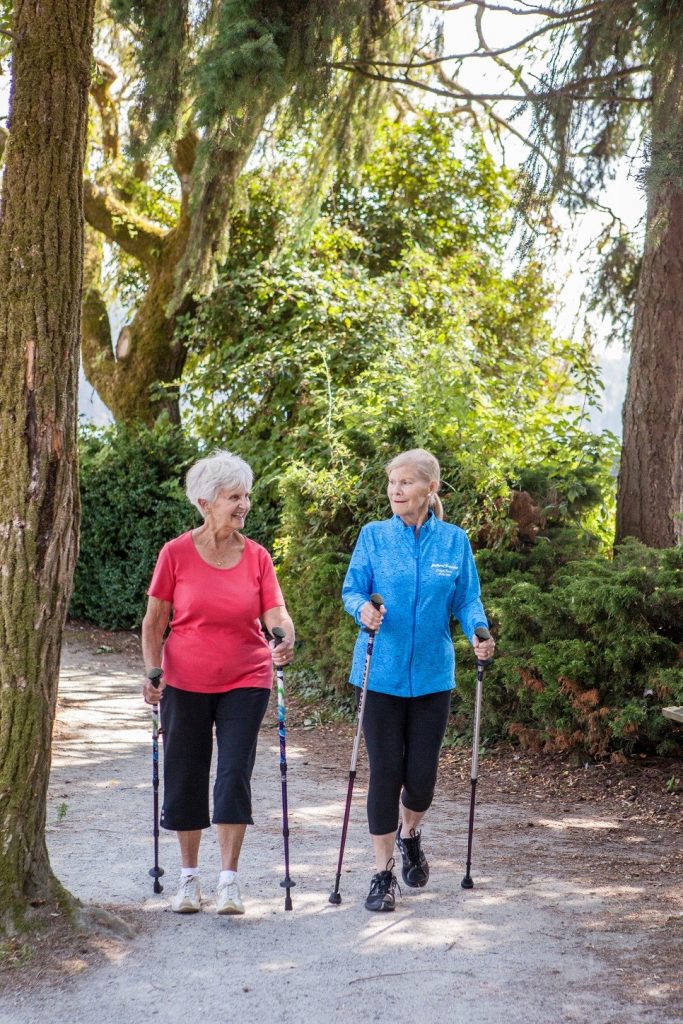 Research Benefits
Research Benefits
 What will your priorities be going forward? Will you really care if you have the most recent technological advancement or will you set other priorities for yourself? Only YOU can decide how you want to integrate the hours of your day with the technology you have and use daily. As a practical matter it is through our choices that we determine the course of our lives and if we choose to spend them staring at our phones life WILL indeed pass us by. We will be sick, fat, and on drugs as we enter the very years that we wanted to enjoy. Is this you now or will you decide to change that future today by making new choices that give you time “to be” the best version of yourself that you can imagine?
What will your priorities be going forward? Will you really care if you have the most recent technological advancement or will you set other priorities for yourself? Only YOU can decide how you want to integrate the hours of your day with the technology you have and use daily. As a practical matter it is through our choices that we determine the course of our lives and if we choose to spend them staring at our phones life WILL indeed pass us by. We will be sick, fat, and on drugs as we enter the very years that we wanted to enjoy. Is this you now or will you decide to change that future today by making new choices that give you time “to be” the best version of yourself that you can imagine?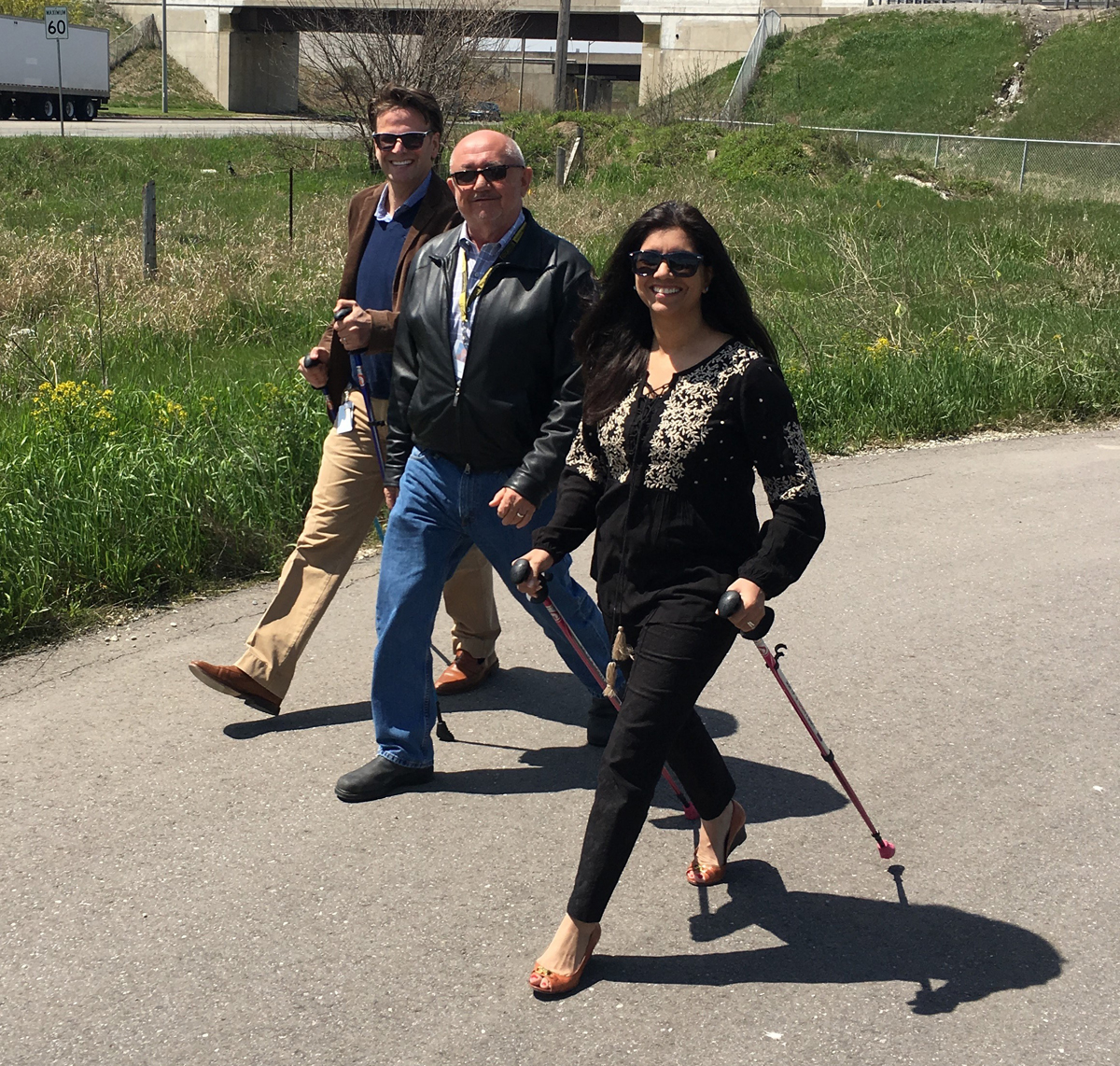
 Join
Join 


 Millions of Americans at risk for metabolic syndrome can sharply lower their chances of getting this disease by adopting a healthy lifestyle (stop smoking, low-fat diet, weight loss/maintenance and increased physical activity). Without diet and exercise modifications, most patients will eventually fail and progress to type 2 diabetes within a decade and experience a heart attack about 10 years later. Experts recommend a diet reduced in saturated fats (<7%), low in cholesterol (<200 mg/day), high in fiber (20-30gm/day) and reduced in simple sugars. Weight loss of only 5-7% (less than 15 pounds) can make a big difference in health markers like cholesterol and blood pressure. A program that includes daily exercise reaching 85% of heart rate for age is reported to be of benefit too. However, any exercise is better than none, and a target of 30 minutes every other day is a reasonable level for most people.
Millions of Americans at risk for metabolic syndrome can sharply lower their chances of getting this disease by adopting a healthy lifestyle (stop smoking, low-fat diet, weight loss/maintenance and increased physical activity). Without diet and exercise modifications, most patients will eventually fail and progress to type 2 diabetes within a decade and experience a heart attack about 10 years later. Experts recommend a diet reduced in saturated fats (<7%), low in cholesterol (<200 mg/day), high in fiber (20-30gm/day) and reduced in simple sugars. Weight loss of only 5-7% (less than 15 pounds) can make a big difference in health markers like cholesterol and blood pressure. A program that includes daily exercise reaching 85% of heart rate for age is reported to be of benefit too. However, any exercise is better than none, and a target of 30 minutes every other day is a reasonable level for most people.